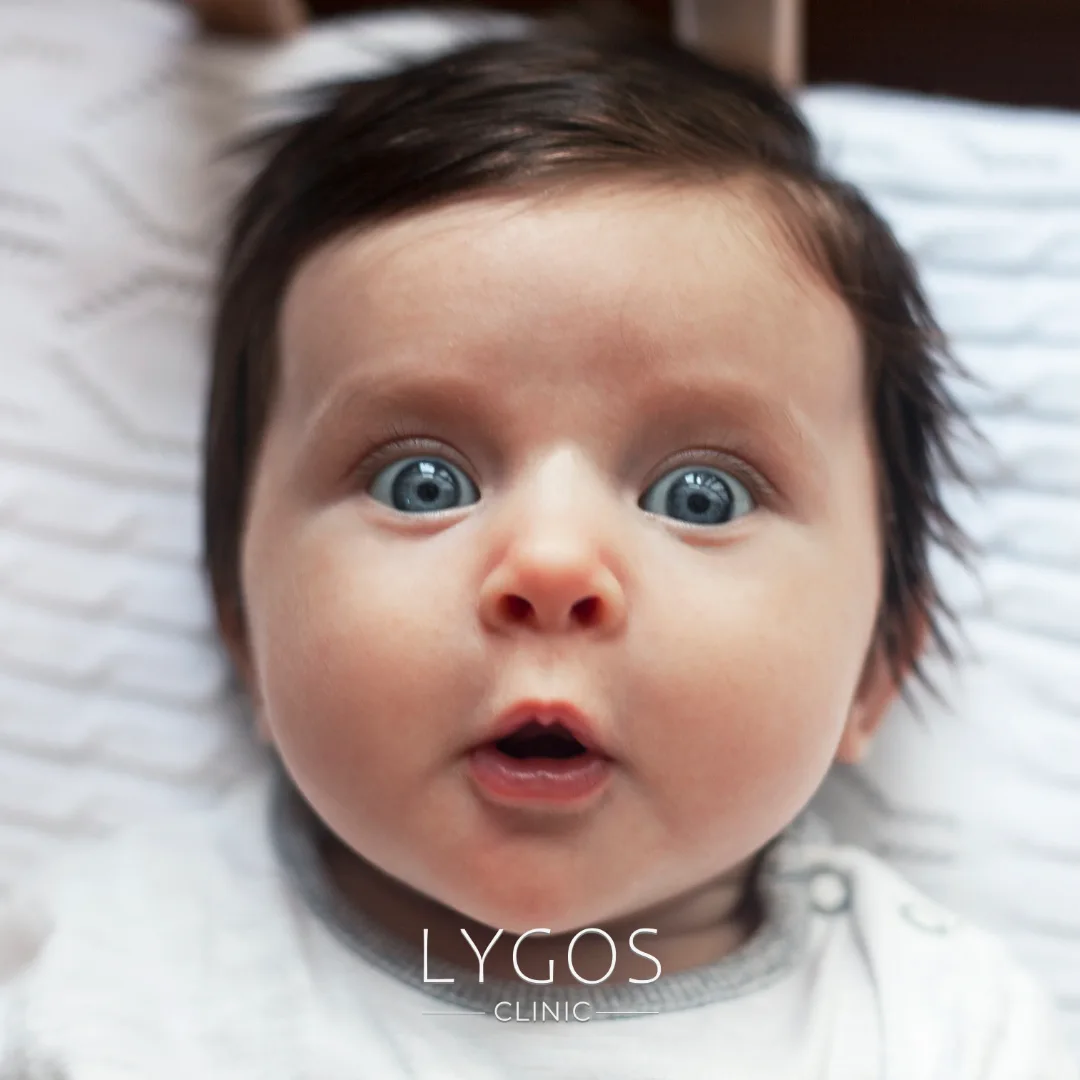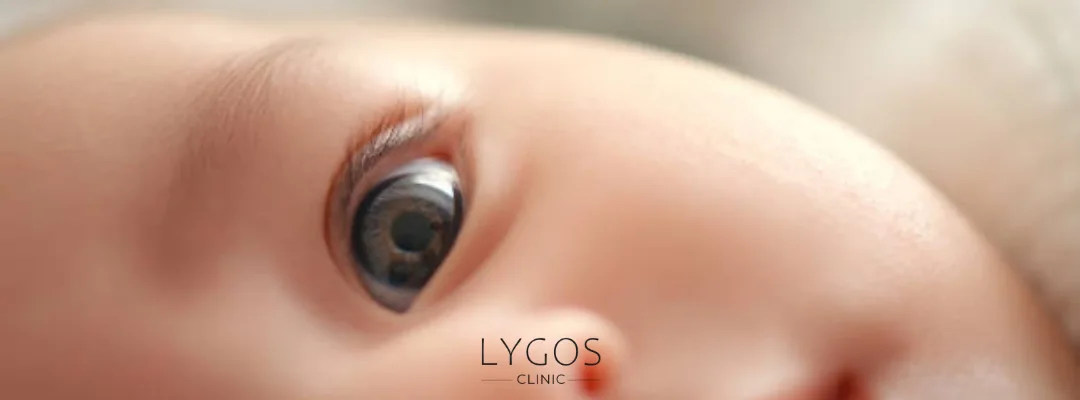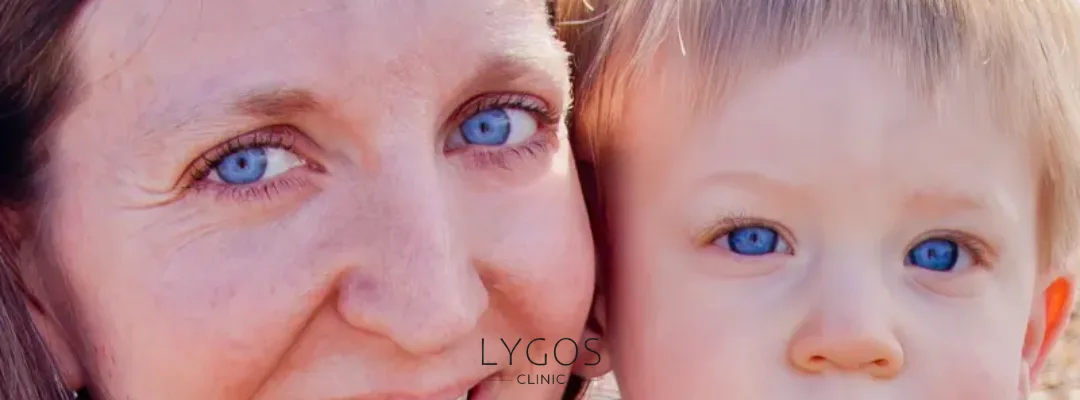Why Do Babies Eye Colors Change? | Factors That Determine Eye Color

Chose Your Topic
Why Do Babies Eye Colors Change? Factors That Determine Eye Color
Babies’ eyes usually do not have a definite color right after birth. Many parents notice that their baby’s eye color may change over time. So why do babies eye colors change, and what factors affect eye color? In this article, we will explain all the details based on scientific information.
Why Do Babies Eye Colors Change?
A baby’s eye color usually begins to change during the first few months after birth. The main reason for this is the production of melanin, the pigment that determines eye color. At birth, a baby’s iris has a limited amount of melanin. Over time, melanin production increases, which can darken the eye color or cause it to change.
It is especially common for babies with light-colored eyes to see their eyes turn brown or green over time. Therefore, one of the most frequently asked questions by parents is why babies eye colors change. Scientific studies show that this change is directly related to genetic factors and melanin production.

Factors That Determine Eye Color
The most important factor in determining eye color is the amount of melanin. Melanin is also the pigment that affects skin and hair color. The main factors influencing eye color are:
- Melanin Level: As melanin increases, the eye color becomes darker.
- Iris Structure: The structure of the iris and how it reflects light affects the tone of the eye color.
- Genetic Factors: Genes inherited from the mother and father play a critical role in determining eye color.
When these three factors combine, the process of eye color change begins and usually becomes noticeable within the first year. In short, the reason why babies eye colors change can be explained by melanin production and genetic structure.

Genetic Influence on Eye Color
Eye color is genetically passed from parents to children. Some genes are dominant, while others are recessive. For example, brown eye genes are dominant over blue eye genes. Therefore, a child of two blue-eyed parents is usually expected to have blue eyes, but genetic combinations can vary.
Genetic factors are the most important consideration when answering the question why babies eye colors change. Because melanin production and genetic structure together determine the final eye color.
When Is a Newborns Eye Color Determined
A newborn’s eye color is usually not fully evident immediately after birth. Most babies are born with blue or gray tones because the melanin in their irises is still low.
The change in a baby’s eye color typically begins between 3 and 6 months. As melanin production increases during this period, the eye color gradually becomes more distinct. In some babies, eye color changes may continue up to 1 year. So, the answer to why babies eye colors change is directly related to melanin production in the newborn period.

At What Age Does Eye Color Change Most Frequently
Research shows that eye color changes most often between 6 and 9 months. During this period, melanin production accelerates, and the eye color darkens or changes in tone.
- 0–3 months: Eye color is usually light blue or gray.
- 3–6 months: Eye color begins to change gradually.
- 6–9 months: The change is most intense.
- 9–12 months: Eye color usually starts to become permanent.
This information highlights the critical periods that parents should consider when wondering why babies eye colors change.
When Does Eye Color Become Permanent
A baby’s eye color usually becomes permanent between 12–18 months. In some cases, this process may extend up to 2 years. Especially in babies with light-colored eyes, the color may darken or shift to greenish or hazel tones.
Permanent eye color is determined when melanin production is complete and genetic factors are fully expressed. Therefore, parents should not worry too much about temporary changes in eye color. The answer to why babies eye colors change is that this process is natural and expected.
In summary, the change in a baby’s eye color can be explained by genetic factors from the parents and the increase in melanin production. Most babies are born with blue or gray eyes, and during the first year, the eye color may darken or shift to different shades.
Summary: The reason why babies eye colors change is due to a combination of melanin levels, genetic structure, and iris structure. Eye color usually stabilizes between 12–18 months, but in some babies, this process may continue until 2 years old. Parents should understand that this natural process varies in each child and that eye color changes are completely normal.
Why Do Babies Eye Colors Change? Frequently Asked Questions (FAQ)
Babies’ eye colors change due to an increase in melanin in the iris and genetic factors. Since melanin production is low at birth, eyes usually start with light tones and gradually darken or change shades over time.
No, not every baby experiences a change in eye color. Eye color change is less noticeable in babies with brown eyes and more common in those with light-colored eyes.
Eye color gradually becomes noticeable at 3–6 months, but in some babies, this process may continue until 1 year.
Eye color change is most intense between 6–9 months, when melanin production increases and eyes may darken.



